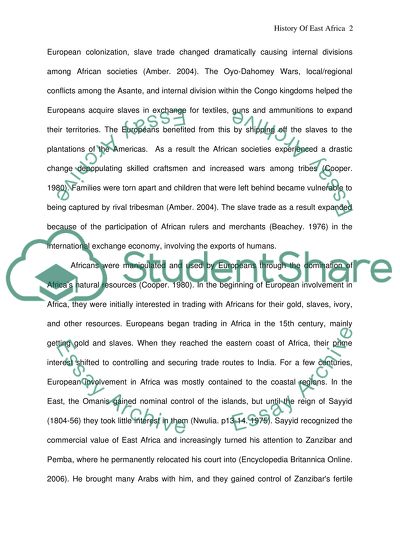Cite this document
(“History of East Africa Essay Example | Topics and Well Written Essays - 1500 words”, n.d.)
History of East Africa Essay Example | Topics and Well Written Essays - 1500 words. Retrieved from https://studentshare.org/history/1507887-history-of-east-africa
History of East Africa Essay Example | Topics and Well Written Essays - 1500 words. Retrieved from https://studentshare.org/history/1507887-history-of-east-africa
(History of East Africa Essay Example | Topics and Well Written Essays - 1500 Words)
History of East Africa Essay Example | Topics and Well Written Essays - 1500 Words. https://studentshare.org/history/1507887-history-of-east-africa.
History of East Africa Essay Example | Topics and Well Written Essays - 1500 Words. https://studentshare.org/history/1507887-history-of-east-africa.
“History of East Africa Essay Example | Topics and Well Written Essays - 1500 Words”, n.d. https://studentshare.org/history/1507887-history-of-east-africa.


